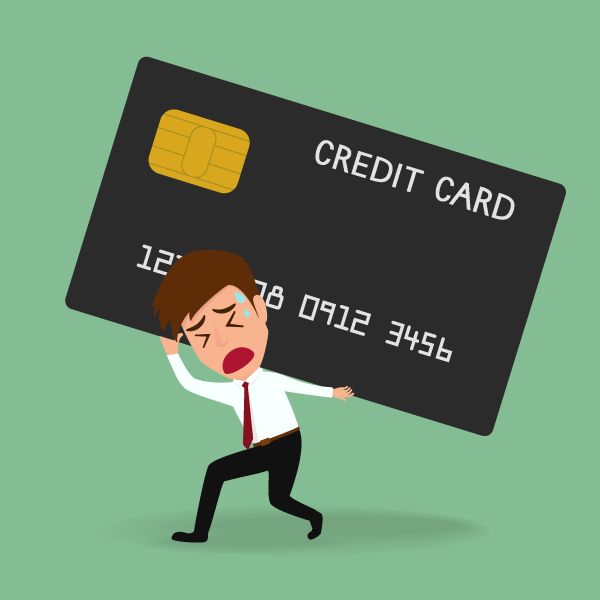Why Does Credit Card Debt Lower My Credit Scores?
I’ve been having a running conversation about credit scores with my father for some 25 years now. He just cannot understand how having a perfect payment history doesn’t equate to a perfect credit score. I get it. Conversely, he cannot understand how having credit card debt, even when paid on time, can lead to a lower score.
We all know that earning and maintaining great credit scores is not always as simple as it seems on paper. For example, many people believe that if you keep all of your bills paid on time every month then you will set yourself up to have perfect credit scores. That’s not an accurate representation of how credit scoring works…Dad!
Naturally making timely payments is very important, but timely payments alone are not enough to earn dazzling credit scores. In fact, nearly 2/3rd of the points in your FICO and VantageScore credit scores have nothing to do with whether or not you pay your bills on time.
Credit scoring models are designed to pay attention to a variety of factors – factors which can help to predict your level of credit risk to future lenders. Your payment history is certainly an important factor but it is not the only factor considered, not by a long shot. Another very important credit scoring factor is your debt to limit ratio on your credit card accounts.
What Is Your Debt to Limit Ratio?
Your debt to limit ratio, more formally referred to as your revolving utilization ratio, is a term which describes the relationship between the limits on your credit cards and the balances on those same accounts. The ratio is expressed as a percentage and the higher that percentage climbs the worse the impact will be on your scores. Both FICO and VantageScore reward consumers who have high amounts of available credit on their credit card accounts relative to low balances. On the flip side, as you use more and more of your available credit, your scores will generally suffer even if you make your payments on time every month.
The formula used to calculate your debt to limit ratio is easy to understand. You simply divide your balance by your credit limit and multiply by 100. For example, on a credit card with a $750 balance and a $1,000 limit here is how the calculation of your debt to limit ratio works.
$750 Balance ÷ $1,000 Limit = 0.75 X 100 = 75% Debt to Limit Ratio (TOO HIGH!)
Why Is Your Debt to Limit Ratio So Important?
The second most important factor considered in the calculation of your credit scores are the debt related metrics, which is where this debt to limit ratio is considered. Other than your payment history nothing is more important from a credit scoring perspective. The technical answer to the question, “why is it so important” is “because people with a higher debt to limit ratio miss payments more often than people with lower debt to limit ratios.” In other words, it’s predictive.
In the example above, the 75% utilization ratio would certainly have a negative impact on your credit scores. Even if you never missed a payment on your credit card account the mere fact that you heavily leveraged would harm your scores. The good news, however, is if you’re able to pay down or pay off your credit card debt then your scores will improve within 30 days. Point being, it’s an actionable score improvement strategy.
So the million dollar question is, “What’s the target percentage?” It’s a sliding scale so lower is better than higher but if you truly want great scores then you need to target less than 10%. According to FICO, the people with the highest scores have an average debt to limit ratio of 7%. While you may read or hear 30% or 50%, that’s not optimal. It’s certainly better than 75% or 100%, but not as good as less than 10%.

